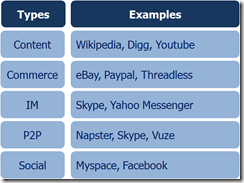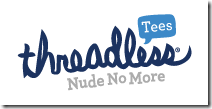Taking forward my previous post on online communities. Just going through the ways some of the bigger community birth to tipping point.
When we go through the history of how a lot of these communities were born, we will find something interesting. Listing down the stuff on some of the ones which I classified in the last post.
Going through this list of things, there is one common thing which we see, its that the biggest online communities in the world were born out of a personal need or hobby projects or just by chance. None of them actually was out of some VC sitting in silicon valley butchering down ideas and business models to carve out the perfect way to make money. There is one important factor in all of these things, its bringing about the “Stickiness Factor” for the people to stay on the page. Every entrepreneur around the world is trying to find that one stickiness factor that can build this community.
Some of the things which needs to be looked while building a community:
- Putting the members first – Don’t listen to VC’s 🙂
- Find ways to use the first mover advantage
- Try to understand what really causes the network effect for your community
- Start off with very less features, because people may not really be in your community for the feature. ie. the feature may not really be the “Stickiness Factor”
- Keeping talking to your community, leverage the power. Engage with them at a 1-to-1 level of communication
Hopefully made some sense.


